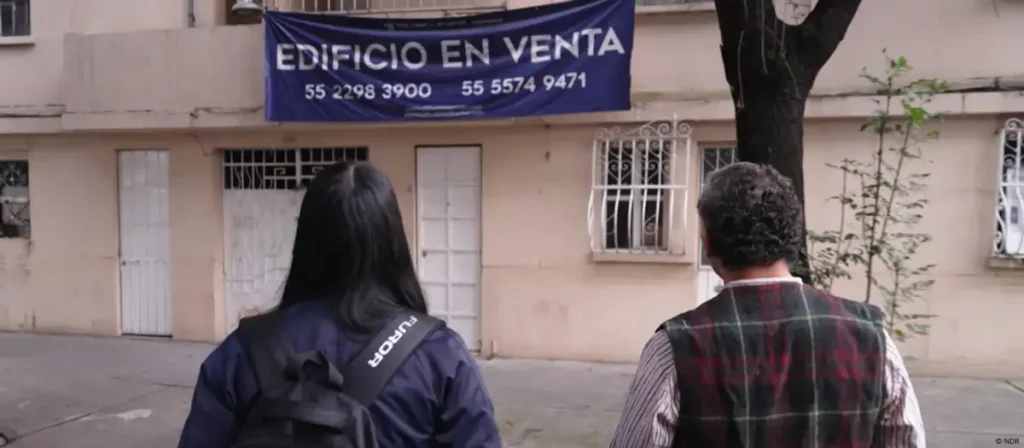
A New Reality in the Capital
Mexico City, one of Latin America’s most vibrant capitals, faces a mounting housing challenge fueled by a complex mix of economic pressures, migration flows, and political decisions abroad. Recent reports highlight that U.S. migration policies under former President Donald Trump have indirectly triggered a surge of refugees and asylum seekers settling in Mexico City.
As this trend continues, both locals and expats are witnessing a rapid transformation of neighborhoods once known for their affordability and cultural charm.
The Impact of Migration on Mexico City’s Housing Market
Rising Demand, Shrinking Supply
With thousands of new arrivals seeking temporary or permanent refuge, housing demand has skyrocketed. Local landlords, sensing opportunity, have increased rents — particularly in neighborhoods like:
- Roma Norte
- Condesa
- Doctores
- and parts of the historic center
What was once a haven for artists and middle-class families is now struggling with rental inflation and housing shortages.
Parallel Expats and Refugees Reality
Interestingly, the experiences of expats and refugees intersect in unexpected ways. Both groups rely on short-term rentals and online housing platforms, indirectly pushing prices upward. However, expats often arrive with remote jobs or savings, while refugees depend on humanitarian assistance or informal work, creating a widening socioeconomic gap within the same urban spaces.
Government and NGO Response
Limited Resources, Growing Needs
Mexico’s federal and local authorities, along with NGOs such as COMAR (Comisión Mexicana de Ayuda a Refugiados) and the UNHCR, are working to process asylum claims and provide temporary housing. Yet, these institutions face overwhelming demand.
Efforts like shelter expansion, legal aid, and job training programs are underway, but long-term housing remains the most critical challenge.
For Expats: What This Means for You
If you’re planning to move to Mexico City, you may notice the ripple effects:
- Rents are rising in popular expat areas.
- Affordable housing may require exploring less central districts.
- Community diversity is increasing, bringing new perspectives and challenges.
For those seeking to integrate responsibly, supporting local initiatives and understanding the broader social context can make a difference.
How Mexico Balances Compassion and Capacity
Mexico’s Dual Role
Mexico now stands as both a transit country and a destination. While the U.S. externalizes its border policies, Mexico bears the humanitarian weight. The nation’s compassion is commendable — but without robust housing and integration strategies, tensions could escalate.
Looking Ahead
Urban planners and policymakers emphasize the need for:
- Affordable housing projects for both locals and migrants.
- Public-private collaboration to expand rental supply.
- Community engagement programs to foster coexistence.
These initiatives can help Mexico City preserve its inclusive spirit amid demographic changes.
Conclusion
Mexico City’s housing crisis reflects a global reality — where migration, politics, and urban growth intersect. Whether you’re a local, expat, or new arrival seeking a better life, understanding these forces can help you navigate the city with empathy and foresight.
👉 Want to find trusted relocation help or housing advice?
Visit Mexico Life Concierge — your expert partner for relocation, integration, and community in Mexico.
